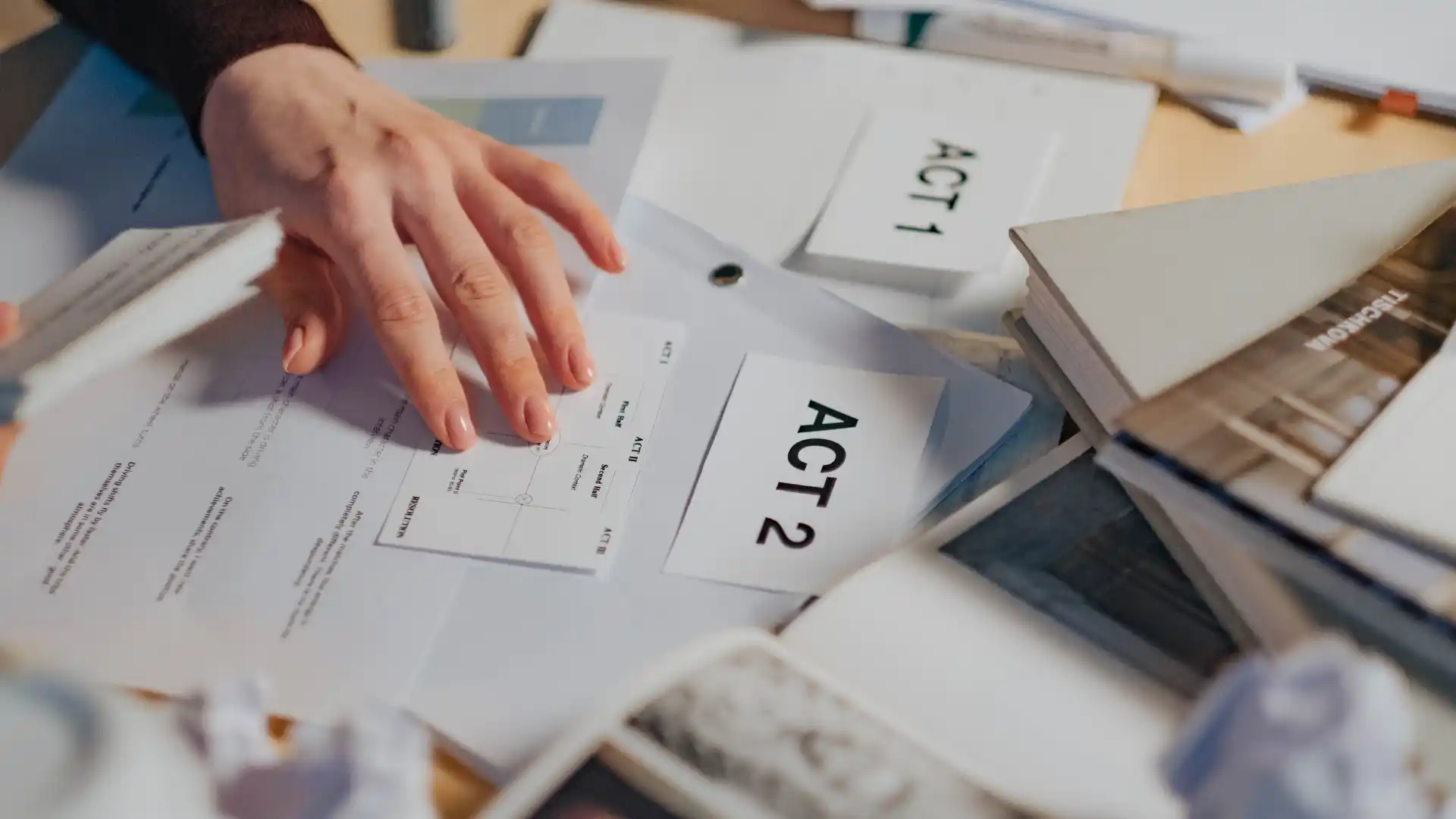Art direction for film is a crucial aspect of filmmaking that sets the visual tone and style of a movie. From creating stunning visuals to establishing the overall aesthetic, art directors play a pivotal role in bringing a director’s vision to life on screen. If you have a passion for creativity, design, and storytelling, pursuing a course in art direction for film can open up a world of exciting career opportunities in the entertainment industry.
1. Production Designer
A production designer is responsible for overseeing the overall visual look of a film. They work closely with the director and other key creatives to develop the aesthetic concept, set design, and color palette that will bring the story to life on screen. Production designers must have a keen eye for detail, strong creative vision, and the ability to translate concepts into tangible visual elements.
2. Set Decorator
Set decorators are in charge of selecting and arranging the furnishings, decor, and props that appear on screen. They work closely with the production designer to ensure that the set design aligns with the overall aesthetic of the film and helps to establish the mood and atmosphere of each scene. Set decorators must have a keen sense of style, excellent organizational skills, and the ability to source and procure the right props and decor items.
3. Art Director
Art directors are responsible for overseeing the artistic and visual aspects of a film production. They collaborate closely with the production designer to ensure that the sets, props, and locations align with the overall creative vision of the project. Art directors must have strong leadership skills, excellent communication abilities, and a deep understanding of design principles and visual storytelling.
4. Costume Designer
Costume designers are tasked with creating the wardrobe and costumes worn by the characters in a film. They work closely with the director and production team to develop costumes that reflect the personalities of the characters and enhance the storytelling aspect of the film. Costume designers must have a strong sense of style, knowledge of historical fashion trends, and the ability to work within budget constraints.
5. Prop Master
Prop masters are responsible for sourcing, creating, and overseeing the use of props on set. They work closely with the art director and set decorator to ensure that the props align with the overall visual aesthetic of the film and help to enhance the storytelling. Prop masters must have excellent organizational skills, attention to detail, and the ability to creatively problem-solve to meet the needs of the production.
6. Visual Effects Art Director
Visual effects art directors specialize in overseeing the visual effects aspects of a film. They work closely with the visual effects team to ensure that the digital elements seamlessly integrate with the live-action footage and enhance the overall visual storytelling. Visual effects art directors must have a strong understanding of digital effects techniques, creative problem-solving skills, and a keen eye for detail.
7. Location Scout
Location scouts are responsible for finding and securing filming locations that align with the creative vision of the film. They work closely with the director and production team to identify suitable locations that enhance the storytelling and visual aesthetic of the project. Location scouts must have a keen eye for detail, strong research skills, and the ability to negotiate with property owners to secure filming permits.
8. Art Department Coordinator
Art department coordinators provide administrative support to the art department and assist with various tasks related to set design, props, costumes, and visual effects. They work closely with the art director and production team to ensure that all aspects of the art department run smoothly and efficiently. Art department coordinators must have strong organizational skills, attention to detail, and the ability to multitask in a fast-paced production environment.
9. Graphic Designer
Graphic designers in the film industry create visual graphics, titles, and promotional materials for films. They work closely with the art department to develop graphic elements that enhance the overall visual aesthetic of the project and help to engage audiences. Graphic designers must have strong design skills, knowledge of industry-standard software, and the ability to work collaboratively with other creatives in production.
10. Art Department Assistant
Art department assistants provide support to the art department in various capacities, such as set dressing, prop handling, and administrative tasks. They work under the guidance of the art director and other senior art department members to ensure that the creative vision of the film is realized on set. Art department assistants must have a strong work ethic, willingness to learn, and a passion for the creative aspects of filmmaking.
Conclusion
Art direction for film is a dynamic and rewarding field that offers a wide range of career opportunities for creative individuals. Whether you aspire to be a production designer, set decorator, art director, or any other role in the art department, pursuing a course in art direction for film can equip you with the skills and knowledge needed to succeed in the industry. With a blend of creativity, technical expertise, and a passion for storytelling, you can embark on a fulfilling career in the world of film and entertainment.
Key Takeaways:
- Production designers shape the visual look of a film, emphasizing detail and creative vision.
- Set decorators curate furnishings and props, setting the mood for each scene.
- Art directors oversee the artistic aspects of a film, ensuring visual cohesion.
- Costume designers bring characters to life through wardrobe choices.
- Prop masters enhance storytelling with meticulously selected props.
- Visual effects art directors blend digital elements seamlessly into live-action footage.
- Location scouts find and secure filming locations that enhance the story.
- Art department coordinators provide essential administrative support to ensure smooth operations.
- Graphic designers create visual graphics and promotional materials to engage audiences.
- Art department assistants support various art department tasks to bring the creative vision to life.
To deepen your knowledge and skills in art direction for film, consider enrolling in the NYU Film and TV Industry Essentials online course and certificate program offered by Yellowbrick. This comprehensive program can provide you with the tools and insights needed to thrive in the competitive world of film and entertainment. Embark on your journey to a successful career in art direction for film today.








